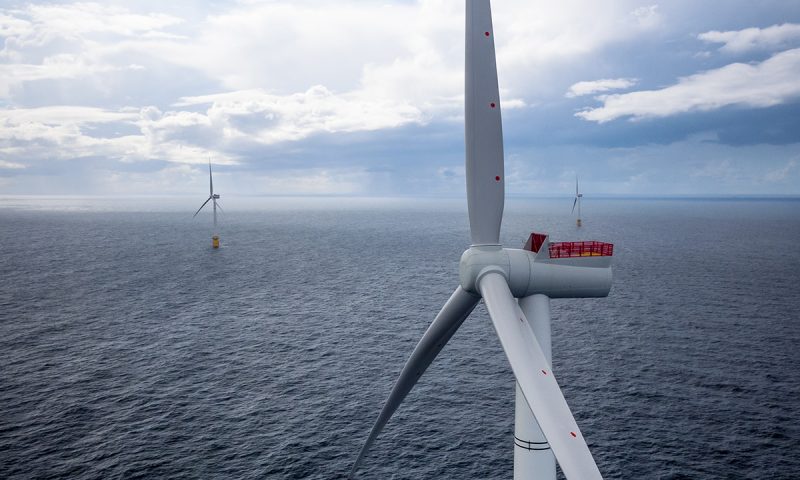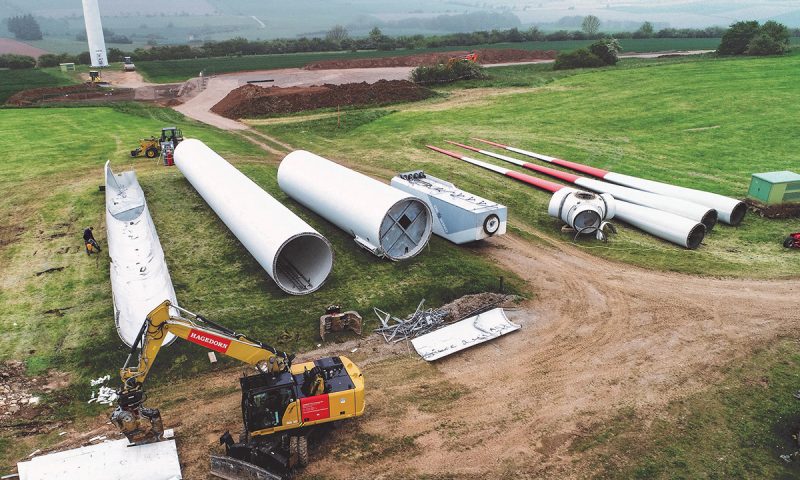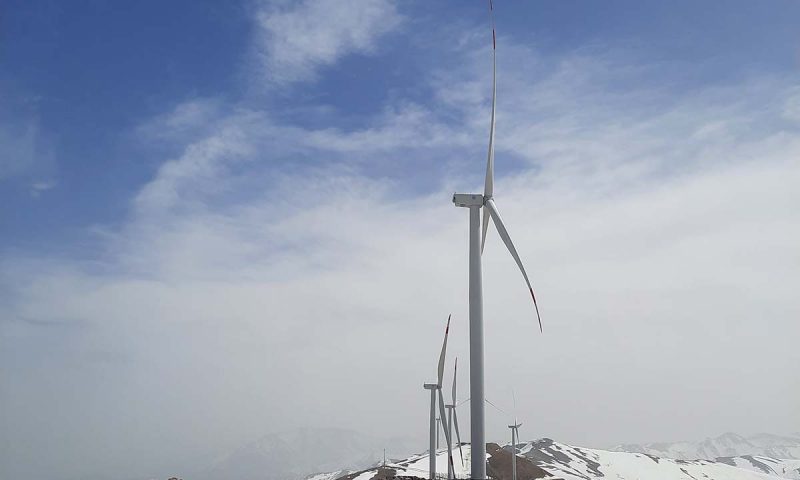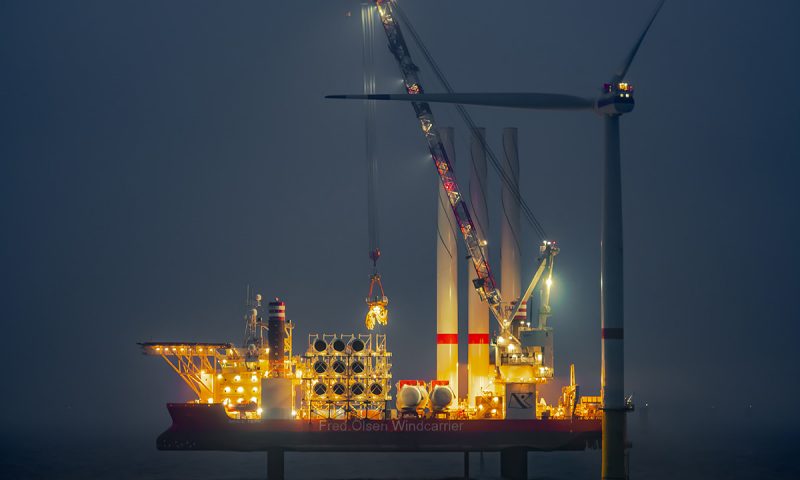
Floating Offshore Wind is Gearing Up for Take-off
This year’s edition of the world’s largest event on floating offshore wind turbines, FOWT, started in Marseille (France). The three-day FOWT 2020 event brings together experts and policy-makers from Europe and beyond to exchange on the latest developments in floating offshore wind. In a panel discussion on the opening day of the event, WindEurope CEO Giles Dickson pointed towards the huge growth potential of floating wind.
“Floating offshore wind is no longer a niche technology”, was the main message of WindEurope CEO Giles Dickson’s statement at the FOWT 2020 event in Marseille. Floating wind has matured and performed significant cost reductions over the past years. Further cost reductions now depend on future volumes. If Europe puts the right policies in place, higher production volumes of floating turbines could decrease the costs for floating offshore wind to 40-60€/MWh by 2030, WindEurope expects.
“The period of demonstration projects is over. Floating wind is ready to scale. The contributions EU countries made in their National Energy and Climate Plans show that the interest in floating wind is high. The NECPs offer visibility for future projects and will trigger new investments. The industry is ready to increase production volumes”, said Giles Dickson, WindEurope CEO.
With the 30 MW Hywind project in Scotland and the 24 MW Windfloat Atlantic project in Portugal, Europe is the global technology leader for floating wind installations. At least seven countries have concrete plans to install floating wind in the next decade. New projects are planned in France, UK, Norway, Portugal, Spain, Italy and Sweden. Further increasing the pipeline for floating wind projects will be key to exploit floating wind’s cost reduction potential.
Europe wants offshore wind to be 25% of its electricity by 2050. WindEurope analysed the potential for floating offshore wind sites in the Northern Seas, the Atlantic and the Mediterranean and calculates that 330MW of floating offshore wind can be installed by 2022 and up to 7 GW by 2030. To reach the EU expansion targets, 150 GW of floating turbines could be spinning in Europe by 2050. This would mean that by 2050, up to a third of all offshore wind installations could be floating.
Today, the 62 MW of floating wind capacity in Europe still represent a small share in total offshore installations. But floating wind technology increases the potential for electricity generation from offshore wind farms. While bottom-fixed installations are limited to coastlines with low water depths and favourable sea-bed conditions, floating offshore wind has seemingly unlimited global growth potential. Rapidly increasing interest from governments around the world in floating technologies, lately in South Korea, offers huge international growth opportunities for the European wind industry.
“In a decarbonising world, floating offshore wind is an essential source for large volumes of green electricity. Europe must make use of its first-mover advantage. We have pioneered bottom-fixed offshore wind and now we are leading in floating. The next months can be decisive for offshore wind. Europe’s recovery packages and the funds earmarked for green technologies could help to build up a strong and future-oriented floating wind industry. And the EU Offshore Renewable Energy Strategy will detail the regulatory framework for the further expansion of floating wind. Member States and the European Union have the chance to show that they are serious about floating wind”, said Giles Dickson, WindEurope CEO.













